When Twin Cities Hospital broke ground in August 1979, officials chose to “drop anchor” instead of the traditional shovel ceremony, burying a 200-pound boat anchor somewhere on the property.
- That symbolic gesture of permanence has proven prophetic, as the hospital approaches its 45th anniversary having grown from a modest 56,599-square-foot facility into a comprehensive healthcare center.
“The community continues to support this hospital,” said CEO Todd Jackson, who is completing his third year leading the institution. “The medical staff and colleagues that work here are the reason patients keep coming back to Twin Cities.”
The original facility, which opened its doors on December 30, 1980, as the Niceville-Valparaiso Hospital, began with 46 beds and basic services including an emergency department with two exam rooms, four treatment areas and one trauma room. The $6.8 million facility offered emergency services, limited inpatient capabilities, and basic surgical services.
- “When HCA Healthcare built this hospital in 1980, it had the best technology available at the time,” Jackson said. “And since then, we’ve continued to invest in the latest advancements to provide cutting edge patient care for our community.”
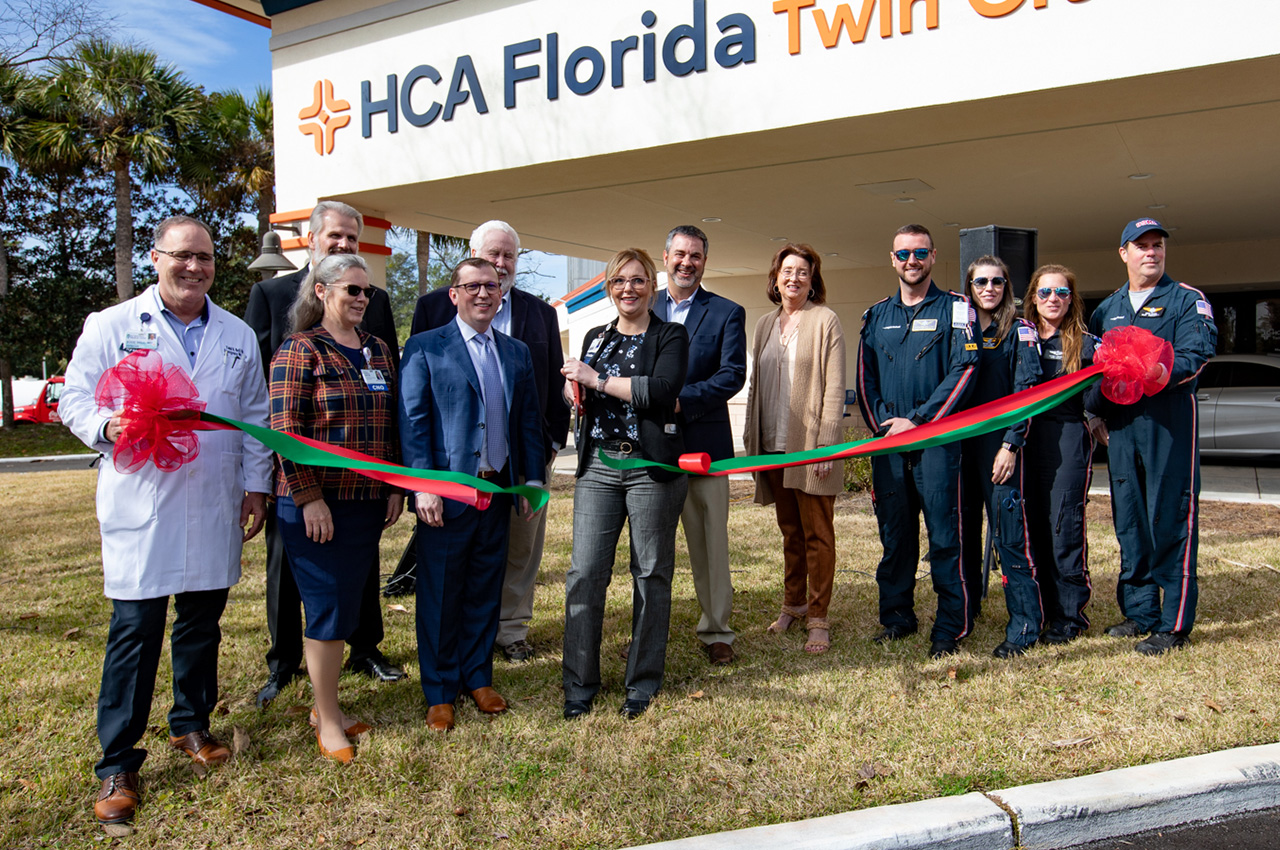
Major expansions through the decades have transformed the hospital. In the 1990s, the emergency department relocated to the opposite side of the building, allowing for expansion of diagnostic imaging services in its former location. The surgical services department doubled in size in the early 2000s, and in 2017, the hospital completed a critical care expansion that doubled the ICU to eight beds.
The ICU renovation incorporated modern design elements to enhance patient care. “It’s pretty commonplace now when ICUs are built to have workstations where nurses can observe both of their patients through windows while documenting,” Jackson explained. “If you ask a critical care nurse, that’s really important to them because they can document but have eyes on both patients they’re overseeing.”
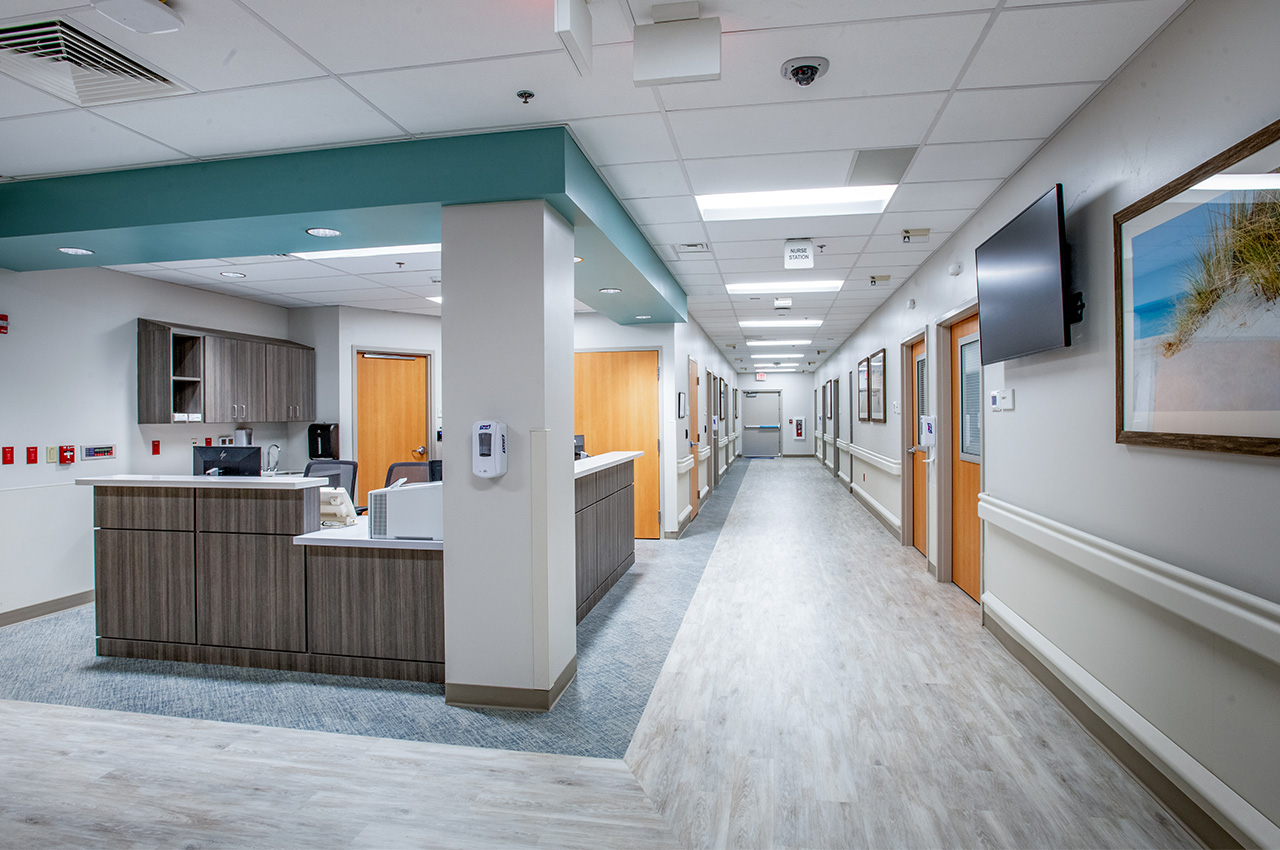
- The most recent emergency department expansion, completed last year, added 3,200 square feet and brought the total to 16 acute care beds. The additional space has dramatically improved patient experience by enabling immediate bedding in most cases.
“When somebody comes to the ER, as the name implies, it’s an emergency. They need medical intervention now,” Jackson said. “To provide that intervention, you need space. The expanded capability allows providers to start medical intervention as soon as patients hit the doorstep.”
The hospital’s growth continues with several projects underway or planned:
- Installation of a new $1.3 million MRI system.
- Upgrade to a 128-slice CT scanner in the first quarter of 2025.
- Expansion of laboratory and radiology department waiting areas.
- Kitchen and cafeteria renovation.
- Construction of a $19 million freestanding emergency room in North Walton County.
The DeFuniak Springs ER project, expected to break ground in early 2025, aims to bring healthcare closer to North Walton County residents who currently travel 30 miles to Twin Cities Hospital for emergency care. Construction is anticipated to take 12 months from groundbreaking to first patient.
- The hospital has also expanded specialty care services to meet community needs. A partnership with Okaloosa Heart and Vascular brought cardiology services on-site to treat conditions like congestive heart failure, though complex procedures such as open heart surgery and cardiac catheterization are referred to Fort Walton-Destin Hospital.
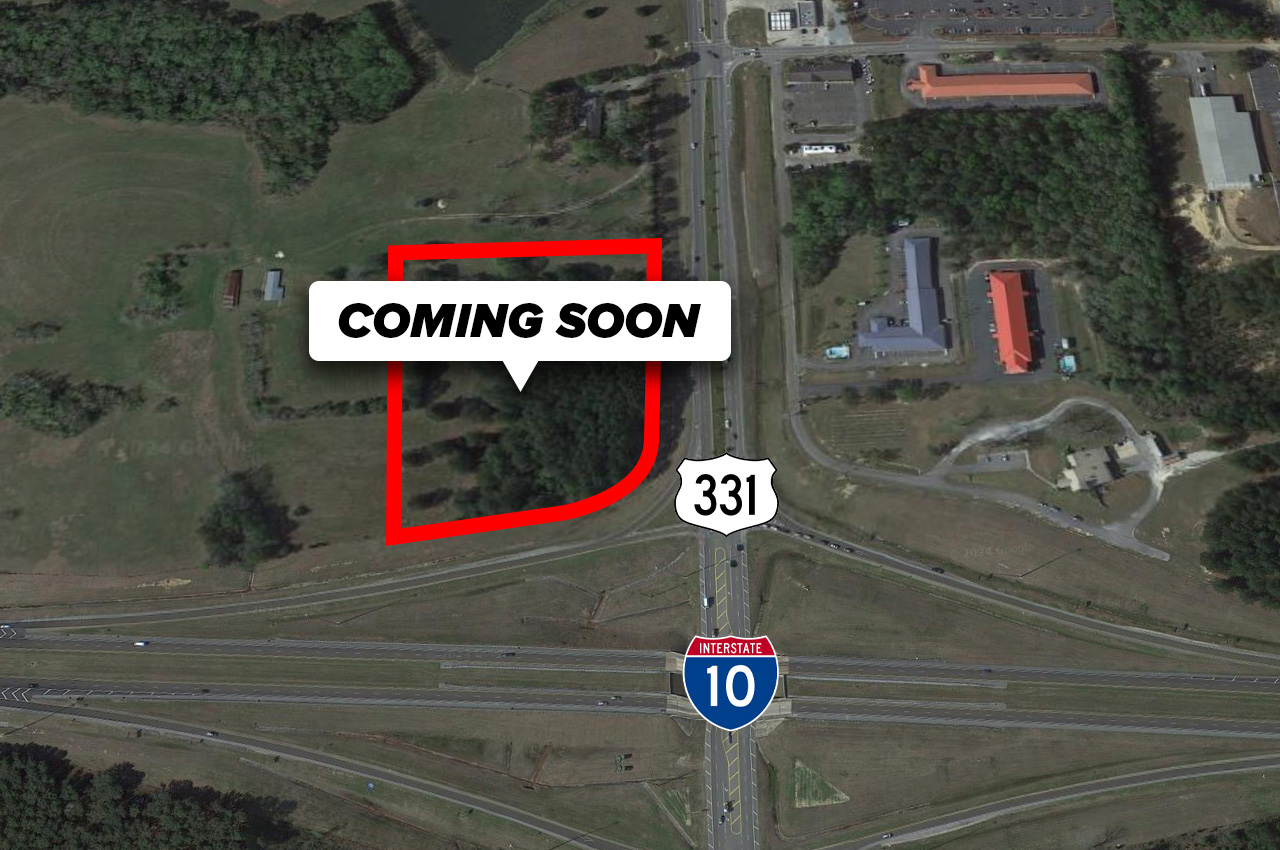
Infrastructure projects total $5 million for the power plant, featuring two new generators that can run the entire facility and its cooling systems — a critical capability during outages that prevents internal condensation issues.
The hospital, now licensed for 65 beds and employing over 300 staff members, has also invested $2.1 million in surgical services equipment including cystoscopes and video towers.
“The way our house looks matters,” Jackson said. “From the front entrance to the housekeeping closet, you have to take pride in where you work. We’re open 24 hours a day — we never close. It’s constantly staying on top of keeping the campus looking good so people feel good about coming here.”
The hospital’s legacy is also reflected in its staff, with some employees having served since its opening 45 years ago. “Both of them would tell you this hospital is a special place to work,” Jackson said. “I’ve been here three years and I agree with them.”
For Jackson, leading healthcare initiatives in the community is deeply meaningful.
“Healthcare is a calling,” he said. “Healthcare is such an integral component to a healthy, vibrant community, and we want to be at the center of that. Our colleagues show up every single day to deliver on that promise that when you’re sick, when you need healthcare, we’re going to be here for you.”

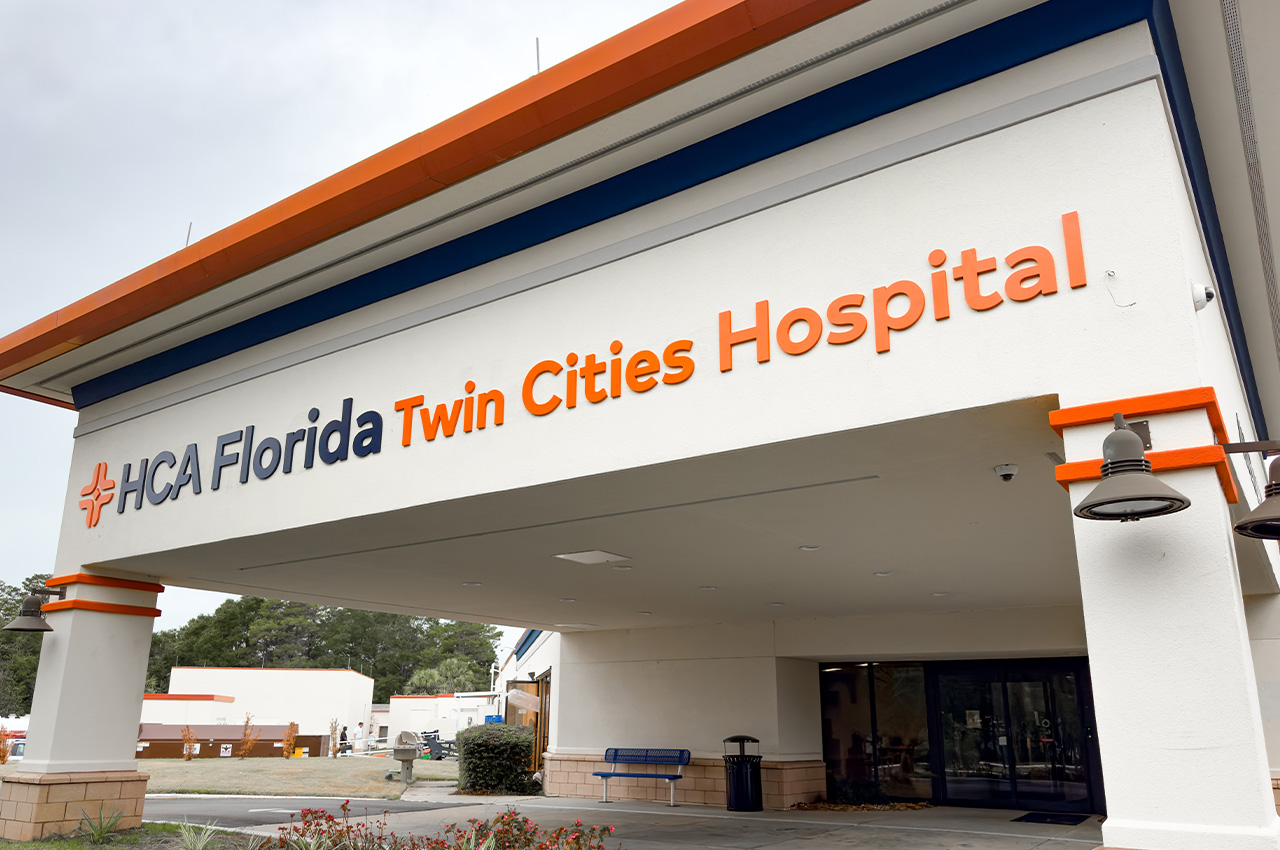
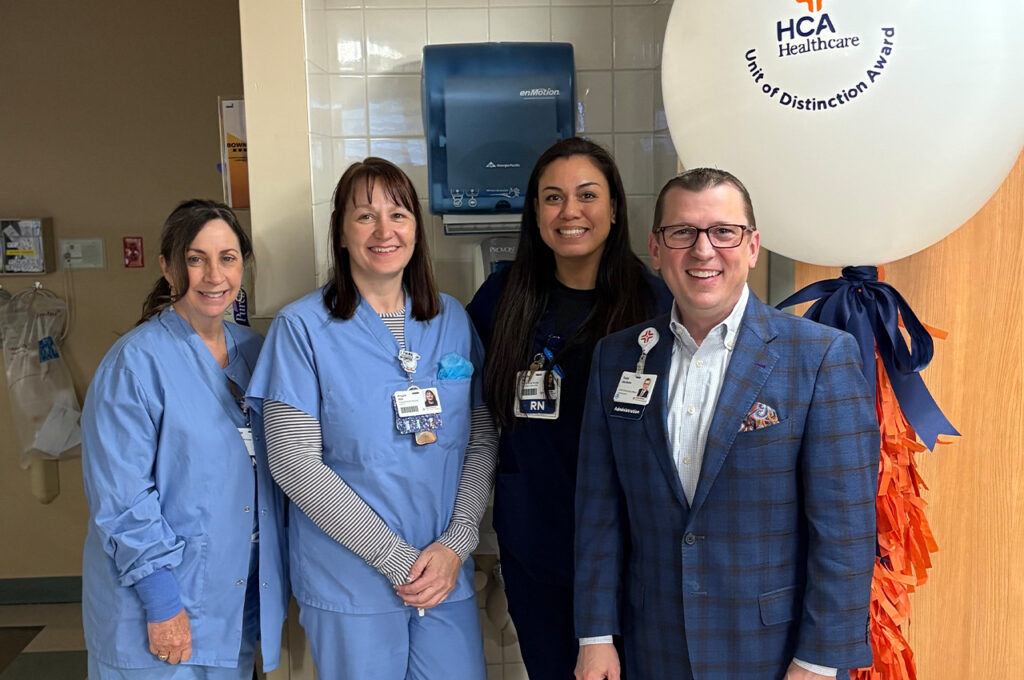
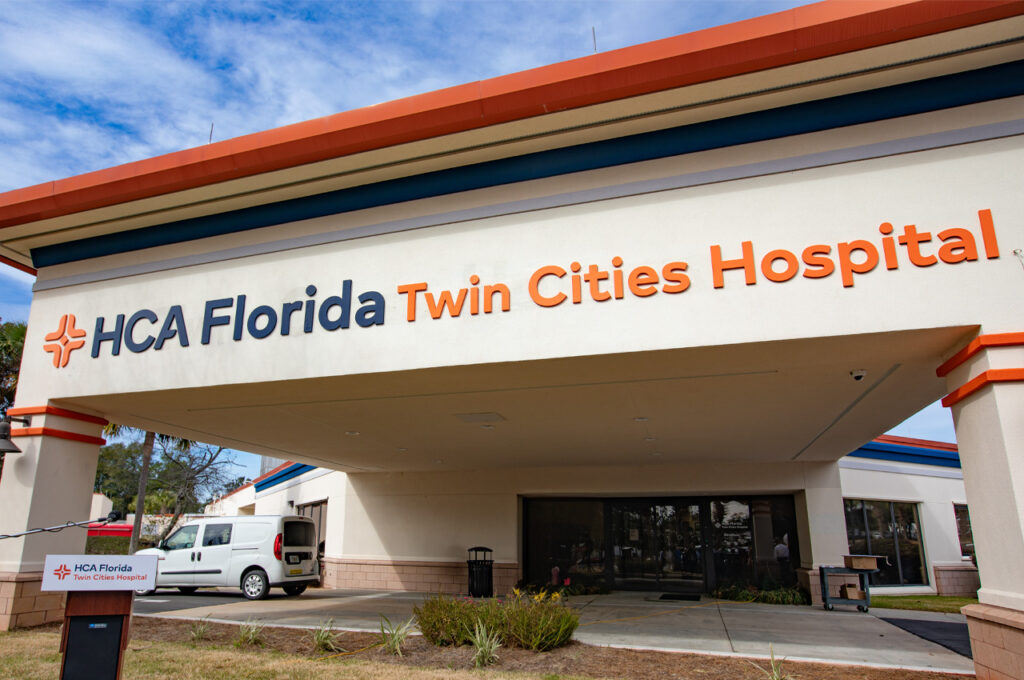
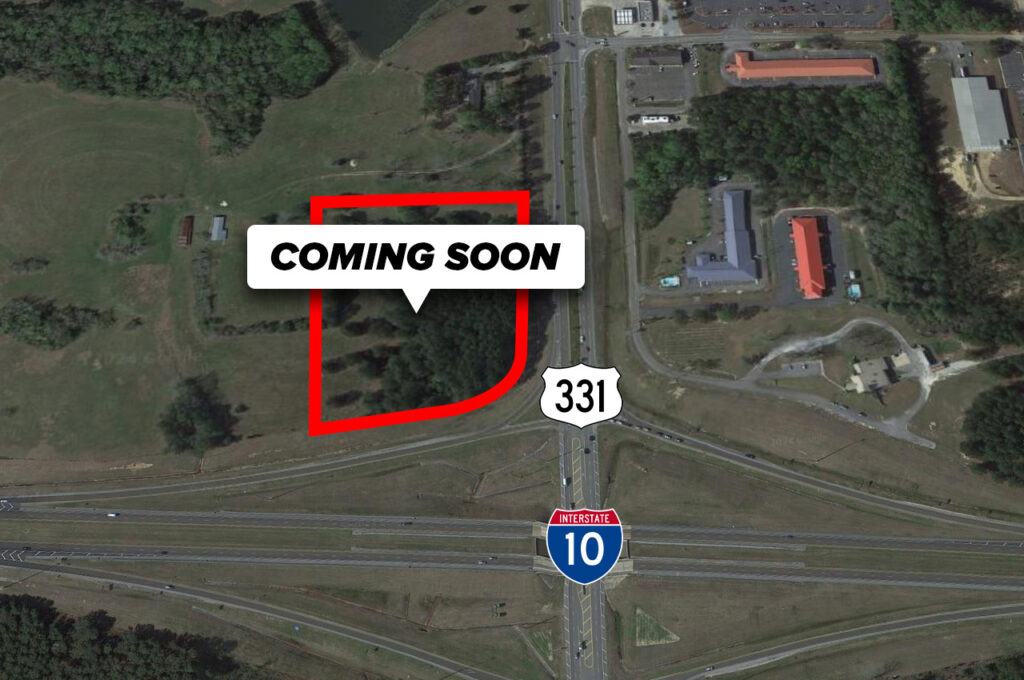
One Response
Is HCA Twin Cities able to provide cardiac care?